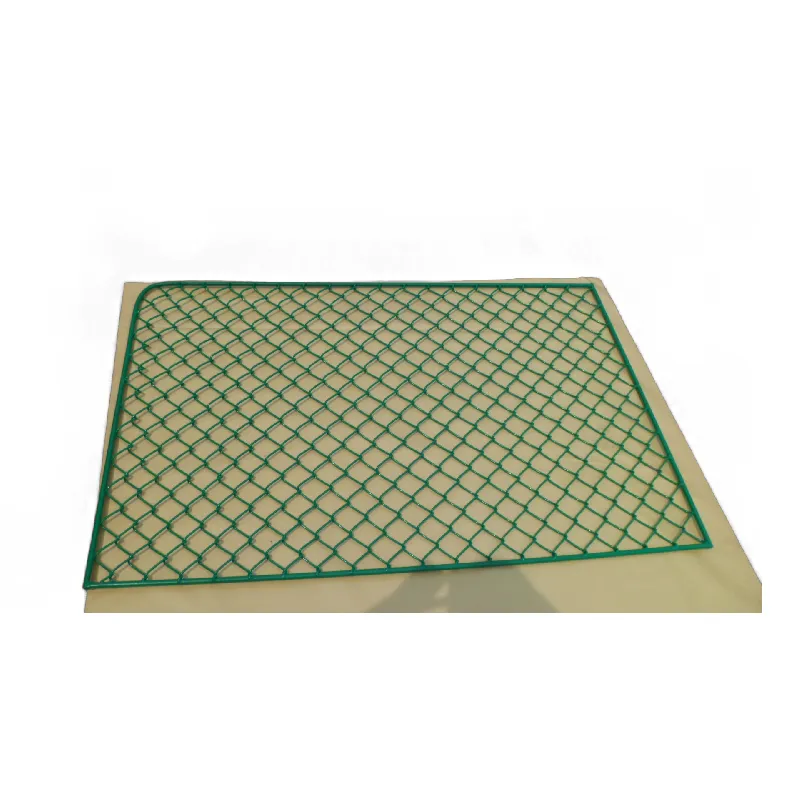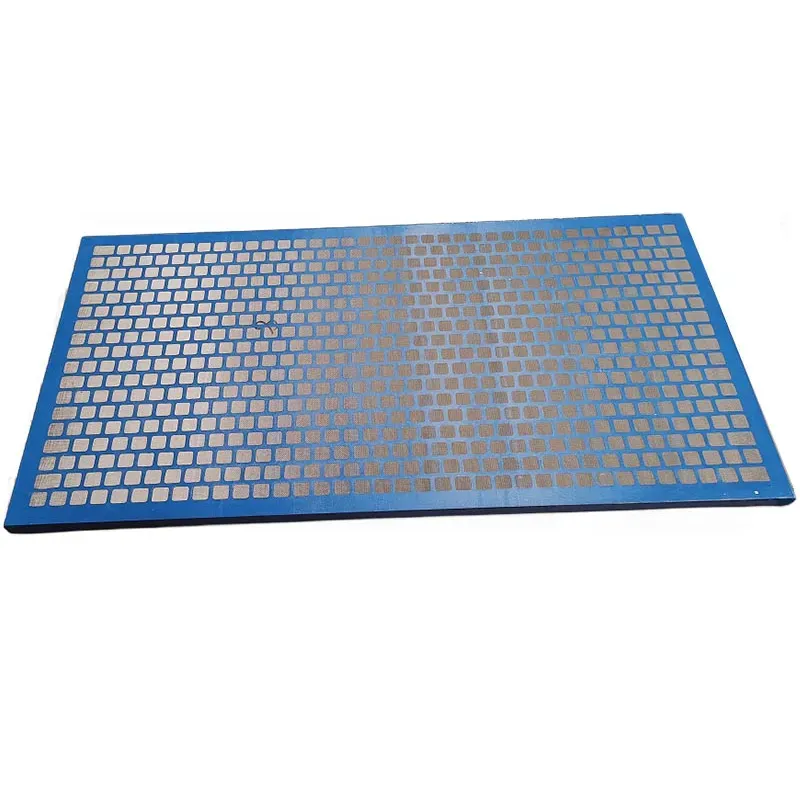- Industrial zone, South of Anping Town, Hengshui, Hebei, China.
- sales@hfpetromesh.com
- +86-18931809706
 Afrikaans
Afrikaans  Albanian
Albanian  Amharic
Amharic  Arabic
Arabic  Armenian
Armenian  Azerbaijani
Azerbaijani  Basque
Basque  Belarusian
Belarusian  Bengali
Bengali  Bosnian
Bosnian  Bulgarian
Bulgarian  Catalan
Catalan  Cebuano
Cebuano  Corsican
Corsican  Croatian
Croatian  Czech
Czech  Danish
Danish  Dutch
Dutch  English
English  Esperanto
Esperanto  Estonian
Estonian  Finnish
Finnish  French
French  Frisian
Frisian  Galician
Galician  Georgian
Georgian  German
German  Greek
Greek  Gujarati
Gujarati  Haitian Creole
Haitian Creole  hausa
hausa  hawaiian
hawaiian  Hebrew
Hebrew  Hindi
Hindi  Miao
Miao  Hungarian
Hungarian  Icelandic
Icelandic  igbo
igbo  Indonesian
Indonesian  irish
irish  Italian
Italian  Japanese
Japanese  Javanese
Javanese  Kannada
Kannada  kazakh
kazakh  Khmer
Khmer  Rwandese
Rwandese  Korean
Korean  Kurdish
Kurdish  Kyrgyz
Kyrgyz  Lao
Lao  Latin
Latin  Latvian
Latvian  Lithuanian
Lithuanian  Luxembourgish
Luxembourgish  Macedonian
Macedonian  Malgashi
Malgashi  Malay
Malay  Malayalam
Malayalam  Maltese
Maltese  Maori
Maori  Marathi
Marathi  Mongolian
Mongolian  Myanmar
Myanmar  Nepali
Nepali  Norwegian
Norwegian  Norwegian
Norwegian  Occitan
Occitan  Pashto
Pashto  Persian
Persian  Polish
Polish  Portuguese
Portuguese  Punjabi
Punjabi  Romanian
Romanian  Russian
Russian  Samoan
Samoan  Scottish Gaelic
Scottish Gaelic  Serbian
Serbian  Sesotho
Sesotho  Shona
Shona  Sindhi
Sindhi  Sinhala
Sinhala  Slovak
Slovak  Slovenian
Slovenian  Somali
Somali  Spanish
Spanish  Sundanese
Sundanese  Swahili
Swahili  Swedish
Swedish  Tagalog
Tagalog  Tajik
Tajik  Tamil
Tamil  Tatar
Tatar  Telugu
Telugu  Thai
Thai  Turkish
Turkish  Turkmen
Turkmen  Ukrainian
Ukrainian  Urdu
Urdu  Uighur
Uighur  Uzbek
Uzbek  Vietnamese
Vietnamese  Welsh
Welsh  Bantu
Bantu  Yiddish
Yiddish  Yoruba
Yoruba  Zulu
Zulu
- Afrikaans
- Albanian
- Amharic
- Arabic
- Armenian
- Azerbaijani
- Basque
- Belarusian
- Bengali
- Bosnian
- Bulgarian
- Catalan
- Cebuano
- Corsican
- Croatian
- Czech
- Danish
- Dutch
- English
- Esperanto
- Estonian
- Finnish
- French
- Frisian
- Galician
- Georgian
- German
- Greek
- Gujarati
- Haitian Creole
- hausa
- hawaiian
- Hebrew
- Hindi
- Miao
- Hungarian
- Icelandic
- igbo
- Indonesian
- irish
- Italian
- Japanese
- Javanese
- Kannada
- kazakh
- Khmer
- Rwandese
- Korean
- Kurdish
- Kyrgyz
- Lao
- Latin
- Latvian
- Lithuanian
- Luxembourgish
- Macedonian
- Malgashi
- Malay
- Malayalam
- Maltese
- Maori
- Marathi
- Mongolian
- Myanmar
- Nepali
- Norwegian
- Norwegian
- Occitan
- Pashto
- Persian
- Polish
- Portuguese
- Punjabi
- Romanian
- Russian
- Samoan
- Scottish Gaelic
- Serbian
- Sesotho
- Shona
- Sindhi
- Sinhala
- Slovak
- Slovenian
- Somali
- Spanish
- Sundanese
- Swahili
- Swedish
- Tagalog
- Tajik
- Tamil
- Tatar
- Telugu
- Thai
- Turkish
- Turkmen
- Ukrainian
- Urdu
- Uighur
- Uzbek
- Vietnamese
- Welsh
- Bantu
- Yiddish
- Yoruba
- Zulu
Offshore Pipeline Counterweight Welded Mesh High-Strength Reinforced Solutions
- Understanding the Role of Offshore Pipeline Counterweight Welded Wire Mesh
- Technical Advantages and Performance Metrics
- Comparative Analysis of Leading Manufacturers
- Custom Solutions for Diverse Project Requirements
- Case Studies: Real-World Applications
- Addressing Industry Challenges with Innovative Designs
- Future-Proofing Offshore Infrastructure with Advanced Materials

(offshore pipeline counterweight welded wire mesh)
Understanding the Role of Offshore Pipeline Counterweight Welded Wire Mesh
Offshore pipeline counterweight welded wire mesh serves as a critical component in subsea infrastructure, ensuring stability and longevity for pipelines exposed to harsh marine conditions. Engineered to withstand high-pressure environments and corrosive elements, this mesh integrates seamlessly with concrete weight coatings to anchor pipelines securely. Its hexagonal or square lattice structure distributes mechanical stress evenly, reducing the risk of deformation under extreme loads. According to industry studies, pipelines reinforced with welded wire mesh exhibit a 35% longer operational lifespan compared to traditional reinforcement methods.
Technical Advantages and Performance Metrics
The superiority of offshore pipeline counterweight welded wire mesh
lies in its material composition and manufacturing precision. High-carbon steel wires, coated with zinc or epoxy layers, provide exceptional resistance to saltwater corrosion, with tested durability exceeding 25 years in saline environments. Key performance metrics include:
- Tensile strength: 500-700 MPa
- Mesh density: 80-120 kg/m³
- Thermal stability range: -40°C to 120°C
These attributes ensure optimal load distribution, minimizing the risk of pipeline buckling during temperature fluctuations or seismic activity.
Comparative Analysis of Leading Manufacturers
| Manufacturer | Corrosion Resistance (Years) | Max Load Capacity (kN/m²) | Cost per Ton ($) |
|---|---|---|---|
| AquaShield Marine | 30 | 850 | 2,200 |
| OceanCore Solutions | 25 | 780 | 1,950 |
| SteelGuard Offshore | 28 | 820 | 2,100 |
Custom Solutions for Diverse Project Requirements
Tailored configurations address specific challenges in offshore installations. For Arctic deployments, manufacturers develop meshes with enhanced low-temperature flexibility, capable of maintaining structural integrity at -50°C. In high-current zones, staggered wire diameters (6mm-12mm) and hybrid polymer coatings improve hydrodynamic stability by 40%. Modular designs allow rapid on-site assembly, reducing installation time by up to 18 days per kilometer of pipeline.
Case Studies: Real-World Applications
The North Sea Renewal Project (2022) utilized galvanized welded mesh with 8mm wire spacing to stabilize 48km of gas pipelines. Post-installation monitoring showed:
- Sediment displacement reduced by 62%
- Maintenance frequency decreased from biannual to triennial
- ROI achieved within 3.2 years
Addressing Industry Challenges with Innovative Designs
Recent advancements combat common failure points. Dual-layer epoxy coatings now prevent microbially influenced corrosion (MIC), which previously caused 23% of subsea mesh failures. Automated welding systems achieve 99.8% joint consistency, eliminating weak points vulnerable to hydrogen-induced cracking. These innovations contribute to a 50% reduction in insurance claims related to pipeline anchor failures since 2020.
Future-Proofing Offshore Infrastructure with Advanced Materials
As offshore exploration moves into deeper waters (3,000m+), next-generation pipeline counterweight welded wire meshes incorporate graphene-infused composites. These materials demonstrate a 200% improvement in fatigue resistance during 10-year simulated stress tests. Hybrid systems combining welded mesh with synthetic fiber reinforcement are projected to dominate 45% of the market by 2030, particularly in environmentally sensitive regions where minimal seabed disruption is paramount.

(offshore pipeline counterweight welded wire mesh)
FAQS on offshore pipeline counterweight welded wire mesh
Q: What is the purpose of offshore pipeline counterweight welded wire mesh?
A: Offshore pipeline counterweight welded wire mesh provides structural reinforcement and stability to subsea pipelines. It helps distribute weight evenly and prevents buoyancy or movement in harsh marine environments.
Q: How does pipeline reinforced mesh enhance offshore pipeline durability?
A: Pipeline reinforced mesh strengthens concrete weight coatings by reducing cracking and improving load distribution. This ensures long-term resistance to external pressures and corrosion in underwater conditions.
Q: Why is concrete weight coating used in offshore pipelines?
A: Concrete weight coating adds mass to pipelines to counteract buoyancy and anchor them to the seabed. Combined with welded wire mesh, it enhances mechanical strength and corrosion protection.
Q: What distinguishes offshore pipeline counterweight mesh from standard reinforced mesh?
A: Offshore counterweight mesh is designed for high corrosion resistance and extreme marine conditions, unlike standard reinforced mesh. It integrates with concrete coatings to provide dual stability and anti-buoyancy functions.
Q: Can welded wire mesh and concrete coating be applied together on pipelines?
A: Yes, welded wire mesh is embedded into concrete weight coatings during manufacturing. This combination improves structural integrity, impact resistance, and lifespan of offshore pipelines.
-
Welded Steel Bar Grating: The Rugged Industrial Flooring Solution Built for Load and LongevityNewsJun.24,2025
-
Steel Walkway Grating: Reliable, Resilient, and Built for Every StepNewsJun.24,2025
-
Shale Shaker Screen for Sale: Optimize Drilling Efficiency with Precision Screening PowerNewsJun.24,2025
-
Shaker Screen for Sale: Elevate Your Drilling Efficiency with Durable Separation SolutionsNewsJun.24,2025
-
Press Locked Steel Grating: Industrial Strength with Precision Fit for Heavy-Duty ApplicationsNewsJun.24,2025
-
Perimeter Safety Netting: The Critical Safety Upgrade for Every HelipadNewsJun.24,2025